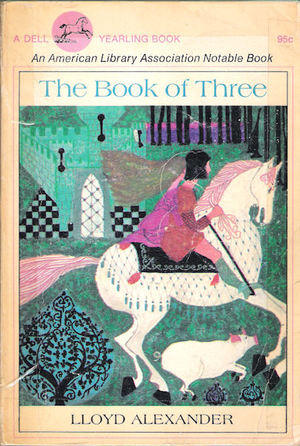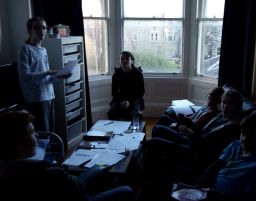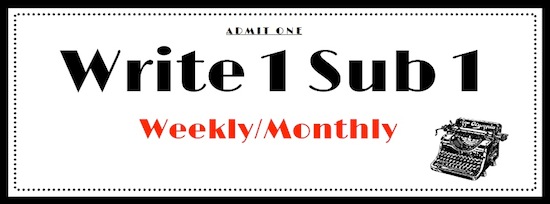A Wizard of Earthsea by Ursula K. Le Guin
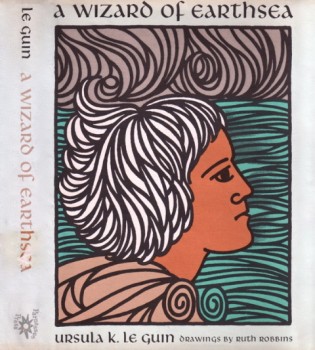 As I wrote last time, this excursion through the bookshelves of my younger days was inspired by the recent death of Ursula K. Le Guin. I haven’t read much Le Guin outside the Earthsea books; most of her work hasn’t appealed to me. But the Earthsea books, especially the initial trilogy — A Wizard of Earthsea (1968), The Tombs of Atuan (1970), and The Farthest Shore (1972) — did and, I was glad to find out, still do.
As I wrote last time, this excursion through the bookshelves of my younger days was inspired by the recent death of Ursula K. Le Guin. I haven’t read much Le Guin outside the Earthsea books; most of her work hasn’t appealed to me. But the Earthsea books, especially the initial trilogy — A Wizard of Earthsea (1968), The Tombs of Atuan (1970), and The Farthest Shore (1972) — did and, I was glad to find out, still do.
In my article, “Why I’m Here: Part Two,” I described the Elric books as being like samizdat passed around between my friends and me. With so few books actually out there, we fellow fantasy fans read anything we could find, and in turn got it all into everyone else’s hands and read everything they passed along to us. After The Lord of the Rings, I’m sure there were no books as read, and read as often, as Le Guin’s three slender volumes.
There are several whys. The easiest is they are way cool, at least the first and the third. The second is more of a Gothic, and lacks the dragon-battling and dark magic of the others, like this:
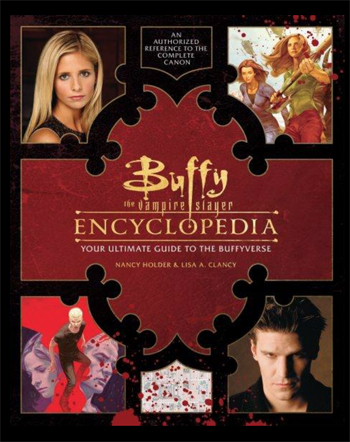
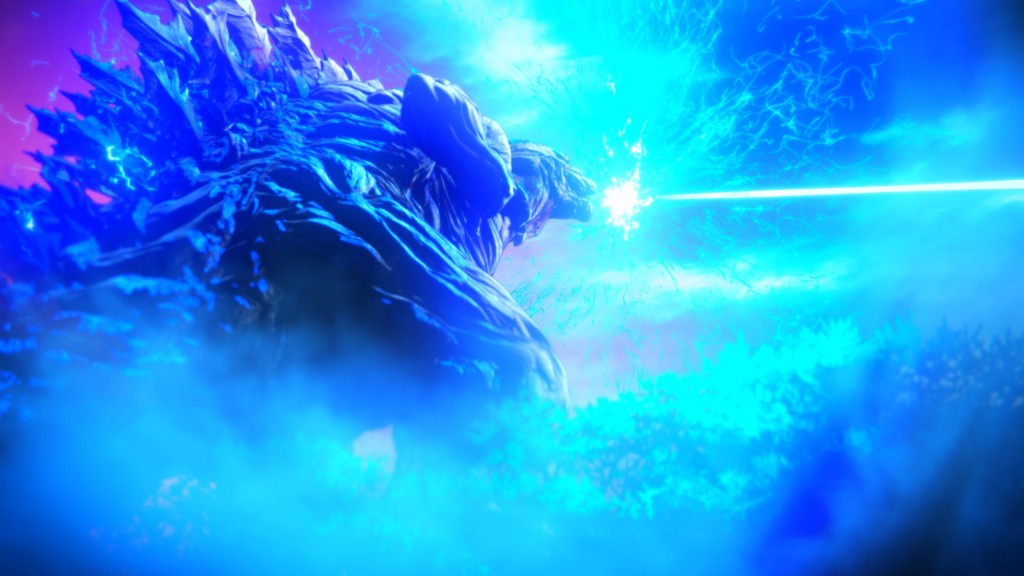

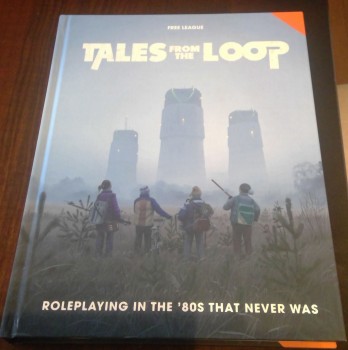
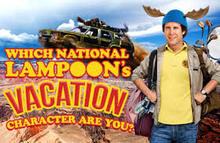 I wonder if there’s still a distinction to be made between holidays and vacations?* Back before “holy day” became “holiday” was there even such a thing as a vacation? Or were holy days really enforced vacations, in the sense that for some of them at least no work was allowed? Would that make the Sabbath a vacation as well as a holy day? Hmmm.
I wonder if there’s still a distinction to be made between holidays and vacations?* Back before “holy day” became “holiday” was there even such a thing as a vacation? Or were holy days really enforced vacations, in the sense that for some of them at least no work was allowed? Would that make the Sabbath a vacation as well as a holy day? Hmmm.